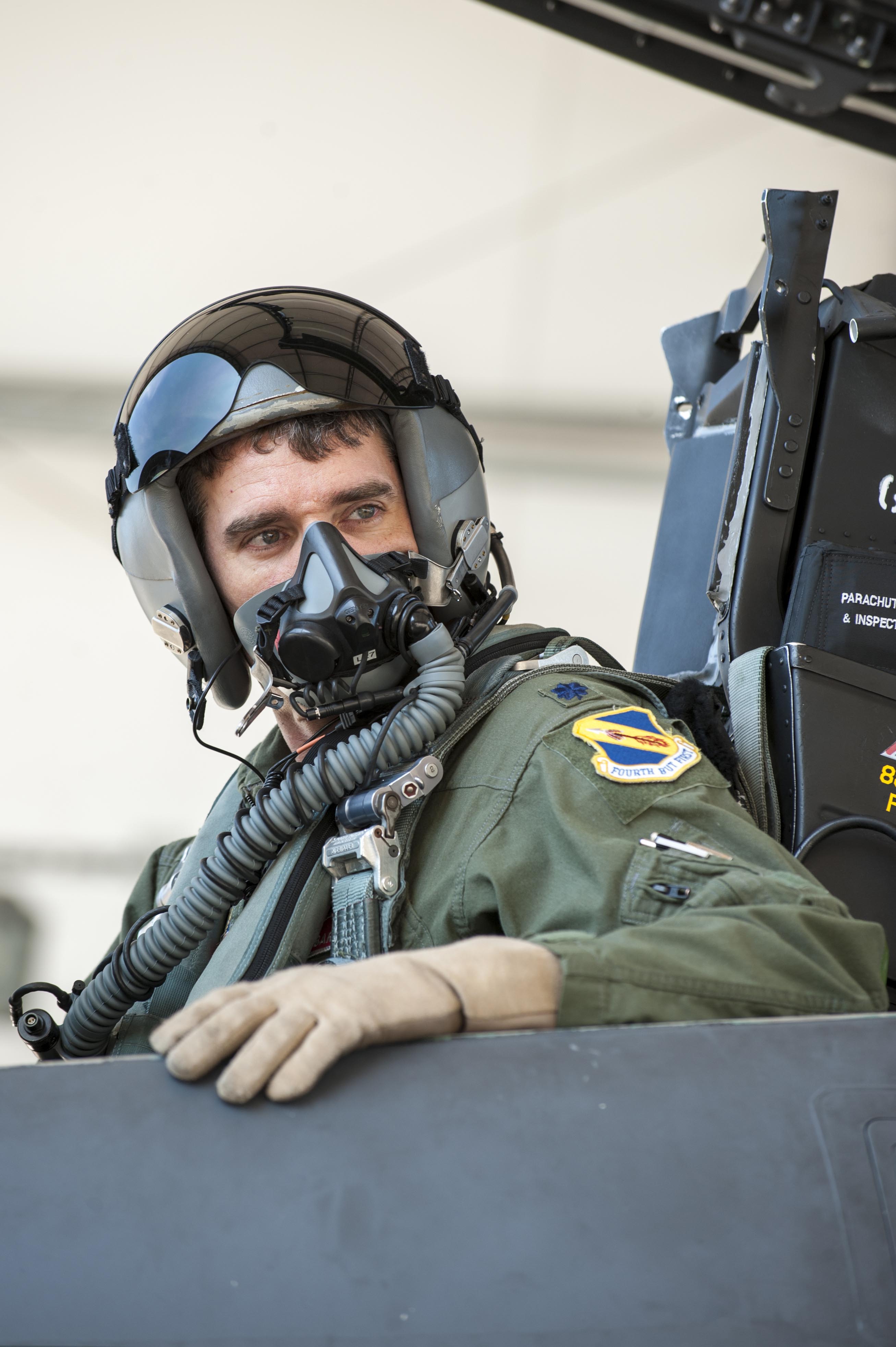By Terri Moon Cronk DoD News, Defense Media Activity
WASHINGTON, August 20, 2015 — The women who passed through
the Army’s elite leadership proving ground are trailblazers, Defense Secretary
Ash Carter said today.
During a Pentagon news conference, Carter said that earlier
in the day he had congratulated the soldiers who will be graduating from the
Army Ranger School tomorrow and earning the Ranger tab.
“Like every Ranger serving today, help lead the finest
fighting force the world has ever known,” Carter said, and called Ranger school
graduation a credit for any man or woman who endures its intense training and
curriculum.
The secretary noted that the military services are due to
provide their reports Oct. 1 requesting any exceptions to the policy that opens
combat jobs to women. Carter said he will make the final determination on that
issue by the end of the year.
Defense Budget
Turning to the defense budget, Carter reminded reporters
that 41 days remain until a National Defense Authorization Act must be passed.
"To build the force of the future -- the one our
warfighters, our taxpayers and our nation deserves -- we need budget
certainty," he said.
The Defense Department needs to be back on a multiyear
budgeting plan, Carter said, warning against continuing to operate on
continuing resolutions. If a continuing resolution results by the end of
September, he added, it will be the seventh consecutive year for such a budget
and "would have essentially the effect both in dollars and authorities of
sequester."
“This is no way to run a department strategy,” the secretary
said. “Strategy isn't a one-year-at-a-time thing. Aircraft carriers are not
something you build in a year. Our troops, our force -- they deserve to know
where things are going.”
He added that “people around the world might get a
misleadingly diminished view of the United States by seeing this budget drama
play out year in and year out.”
The secretary said he continues to hope for a consensus
behind a multiyear budget and that a presidential veto, a continuing resolution
or a second round of sequestration spending cuts won't be necessary.
“These things are no good for the country,” he said.
Approach to Closing Guantanamo
The wartime prison at Naval Base Guantanamo Bay, Cuba, must
close in a responsible manner, the secretary said, telling reporters that as
long as the prison remains open, “it will remain a rallying cry for jihadi
propaganda.”
“Taxpayers are paying too high a financial price to keep it
open,” Carter said, “and closing the facility should not be left to the next
president.”
DoD will work with the White House’s national security team
and with Congress on how to handle the prison’s two groups of detainees, Carter
said. One group of about 50 prisoners has been deemed to be eligible or could
be eligible for transfer to other nations, the secretary added. “but only in a
way that mitigates the threat that these detainees might pose to the security
of the United States.”
Transferring those prisoners involves complicated
negotiations with international partners and extensive consultations with the
leaders of the national security and legal organizations and final approval by
me, Carter said, noting that he has final approval authority.
“We do this carefully -- we do it deliberately,” he said.
“I've approved the transfer of several detainees and … will continue to do so
when appropriate.”
Teams Assess Placement of Other Detainees
The second group of detainees is not eligible for transfer,
the secretary said, and should remain in law-of-war detention. “I, therefore,
want to complete a responsible, realistic and security-focused plan for an
alternative defense detention facility in the United States for that second
population.” he added.
Carter said he recently directed DoD assessment teams to
evaluate alternative detention sites and costs to make other facilities
suitable for holding the second group.
While the teams have looked at Fort Leavenworth, Kansas, and
will visit Charleston, South Carolina, other sites will be considered so that
DoD, the White House and Congress can “chart a responsible way forward and a
plan so that we can close the detention facility at Guantanamo and this chapter
in our history once and for all,” the secretary said.













